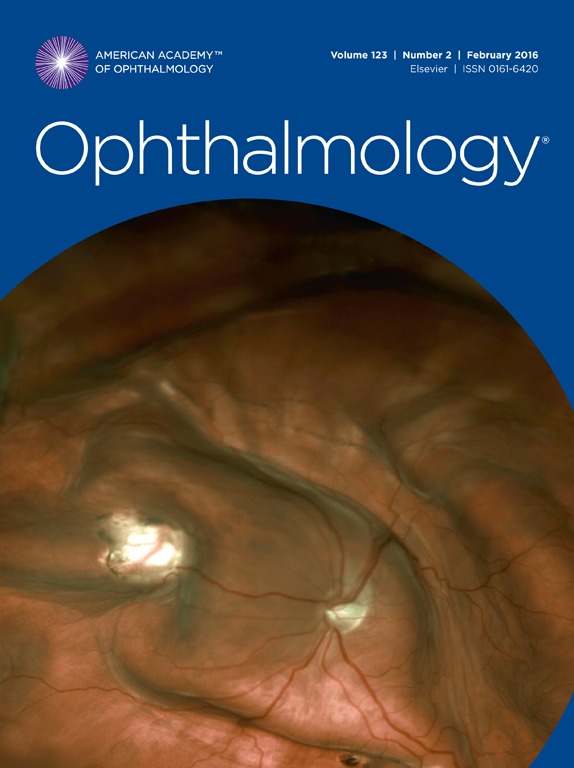In questo lavoro pubblicato su Ophthalmology si riportano i risultati a distanza di 5 anni sulla progressione della miopia infantile in bambini trattati con gocce di atropina molto diluita.
L’atropina è da sempre utilizzata in fase diagnostica per dilatare la pupilla e bloccare la messa a fuoco. Le concentrazioni utilizzate a questo scopo sono dello 0,5% o dell’1%.
Allo scopo di fermare la progressione della miopia si è utilizzata una concentrazione 100 volte inferiore, in modo da ridurre lo sforzo accomodativo dei giovani pazienti, senza avere troppi effetti negativi sulla dilatazione della pupilla.
I risultati di questo lavoro vanno a confermare altre pubblicazioni già presenti e verificano che anche a distanza di 5 anni il trattamento ha risultati positivi significativi ed è superiore anche all’uso dell’atropina a concentrazioni normali.
Si conferma, quindi, che l’uso di colliri a base di atropina a forte diluizione risultano efficaci nel ridurre la progressione della miopia in giovane età.
Audrey Chia, Qing-Shu Lu, Donald Tan
Ophtalmology
February 2016 – Volume 123, Issue 2, Pages 391–399
Purpose To compare the safety and efficacy of different concentrations of atropine eyedrops in controlling myopia progression over 5 years.
Design Randomized, double-masked clinical trial.
Participants A total of 400 children originally randomized to receive atropine 0.5%, 0.1%, or 0.01% once daily in both eyes in a 2:2:1 ratio.
Methods Children received atropine for 24 months (phase 1), after which medication was stopped for 12 months (phase 2). Children who had myopia progression (≥−0.50 diopters [D] in at least 1 eye) during phase 2 were restarted on atropine 0.01% for a further 24 months (phase 3).
Results There was a dose-related response in phase 1 with a greater effect in higher doses, but an inverse dose-related increase in myopia during phase 2 (washout), resulting in atropine 0.01% being most effective in reducing myopia progression at 3 years. Some 24%, 59%, and 68% of children originally in the atropine 0.01%, 0.1%, and 0.5% groups, respectively, who progressed in phase 2 were restarted on atropine 0.01%. Younger children and those with greater myopic progression in year 1 were more likely to require re-treatment. The lower myopia progression in the 0.01% group persisted during phase 3, with overall myopia progression and change in axial elongation at the end of 5 years being lowest in this group (−1.38±0.98 D; 0.75±0.48 mm) compared with the 0.1% (−1.83±1.16 D, P = 0.003; 0.85±0.53 mm, P = 0.144) and 0.5% (−1.98±1.10 D, P < 0.001; 0.87±0.49 mm, P = 0.075) groups. Atropine 0.01% also caused minimal pupil dilation (0.8 mm), minimal loss of accommodation (2–3 D), and no near visual loss compared with higher doses.
Conclusions Over 5 years, atropine 0.01% eyedrops were more effective in slowing myopia progression with less visual side effects compared with higher doses of atropine.

